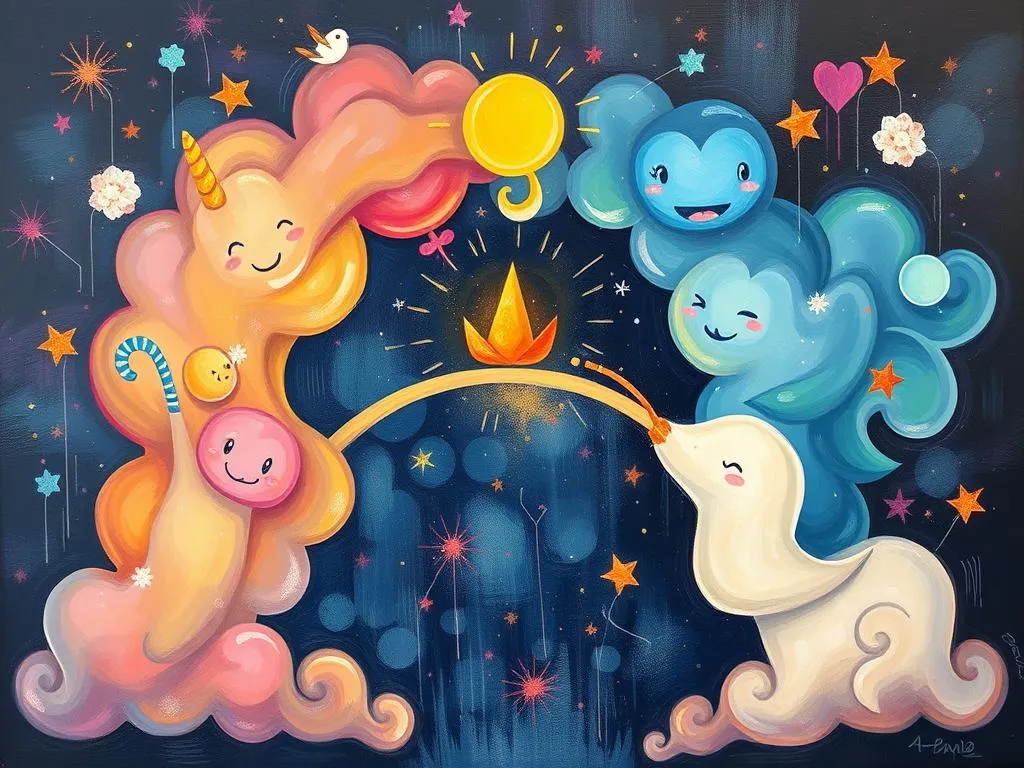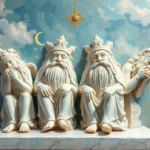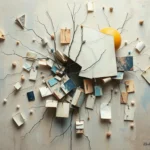
Dreams have long fascinated humanity, serving as a window into our subconscious. The intriguing nature of dreams often leaves individuals puzzled and eager to decipher their hidden meanings. Each dream acts as a unique tapestry woven from our thoughts, emotions, and experiences, inviting us to explore our inner selves. Among the myriad of dreams we experience, the concept of symbol arraignment stands out, presenting an opportunity for profound insights into our lives. This article delves into the symbolism and meanings behind such dreams, explores variations in dream scenarios, and connects these experiences to tangible aspects of our waking life.
Symbolism and Meaning
When we talk about symbol arraignment, we are referring to the way certain symbols within a dream can be arranged and interpreted. Each symbol serves as a piece of the puzzle, reflecting aspects of our psychological state, desires, or fears. Common symbols might include animals, objects, colors, and settings, each carrying its own significance.
For instance, dreaming of a snake often symbolizes transformation or hidden fears. In many cultures, snakes are viewed as a sign of rebirth due to their ability to shed their skin. However, the context of the dream plays a crucial role in its interpretation. If a snake in your dream is aggressive, it might indicate that you are confronting some unresolved issues or anxieties. On the other hand, a calm snake could suggest that you are open to personal growth and change.
Similarly, water is a prevalent symbol in dreams, representing emotions and the unconscious mind. The state of the water—whether calm, turbulent, or murky—can reflect your emotional state. Calm waters may indicate peace and stability, while turbulent waters can signify emotional upheaval or confusion. In this regard, the arrangement of symbols in your dream could hint at your current emotional landscape, urging you to pay attention to your feelings.
Another common symbol is houses, which often represent the self. Different rooms or areas within a house can symbolize various aspects of your personality or life experiences. For example, a basement may represent repressed memories or feelings, while an attic might symbolize aspirations and thoughts that are not yet fully realized. By analyzing the arrangement of these symbols within the dream, you can gain insights into how different parts of your psyche interact with one another.
Key Scenarios and Variations
Exploring variations of dreams involving symbol arraignment can yield diverse interpretations. The specifics of each dream scenario can drastically shift the meaning of the symbols involved. For instance, consider the dream of being chased. In this scenario, the symbol of the chaser—whether it’s a person, animal, or an abstract entity—carries significant weight.
If you are being chased by a wild animal, it might symbolize primal instincts or a fear that you cannot control. Alternatively, if you are being pursued by a figure from your past, it could indicate unresolved issues or emotions that you are trying to escape. In this case, the arrangement of the symbols—what is chasing you and how you react—can reveal your coping mechanisms and current struggles.
Another common dream scenario involves flying. The act of flying can symbolize freedom, power, and transcendence. However, the context matters greatly: if you are flying effortlessly, it could indicate a sense of liberation and achievement. Conversely, if you experience difficulty flying or are falling, it may reflect a fear of failure or losing control in your waking life. Here, the arrangement of symbols—how you take flight, where you are flying, and the challenges encountered—provides deeper insights into your emotional state and aspirations.
Dreams about death are also rich in symbolism. While many people fear dreaming of death, it often signifies transformation or the end of a particular phase in life. The symbols surrounding the death in the dream can significantly affect its interpretation. If you witness a peaceful death, it could indicate a sense of closure or acceptance. However, a traumatic death may symbolize unresolved issues or fears that need addressing. The arrangement of these symbols and the emotions they evoke can guide you in understanding the transitions you may be experiencing in your life.
Real-Life Connections and Takeaways
Understanding the symbolism in your dreams can offer powerful insights into your waking life. It’s crucial to reflect on how these symbols resonate with your personal experiences, relationships, and emotional state. By engaging in self-reflection, you can better grasp the messages your dreams are conveying.
For instance, if you frequently dream of being unprepared for an exam or public speaking, it might indicate underlying anxiety about performance or self-worth. Recognizing this pattern can encourage you to address these feelings, whether through improving your skills, seeking support, or practicing self-compassion.
Consider keeping a dream journal to capture your dreams and their symbols. Documenting your dreams can illuminate recurring themes and help you draw connections between your subconscious and conscious thoughts. Over time, you may notice patterns that reflect your emotional well-being, personal growth, or unresolved conflicts.
Additionally, engaging in mindfulness practices can enhance your ability to interpret your dreams. Techniques such as meditation and deep breathing can help you connect more deeply with your inner self, allowing you to approach your dreams with greater clarity and insight. When you cultivate a peaceful mindset, you create a conducive environment for understanding the nuances of your dreams.
Moreover, discussing your dreams with trusted friends or a therapist can provide new perspectives and interpretations that you might not have considered. Sharing your experiences can foster a sense of connection and support, allowing for a deeper exploration of the emotions tied to your dreams.
In conclusion, the arrangement of symbols in dreams serves as a rich tapestry reflecting our inner thoughts, feelings, and experiences. By examining these symbols and their variations, we can uncover meaningful insights that resonate with our waking lives. Embrace the process of self-reflection and exploration, and allow your dreams to guide you toward greater self-awareness and understanding. Remember, your dreams are not just random images; they are a powerful tool for personal growth and transformation.







